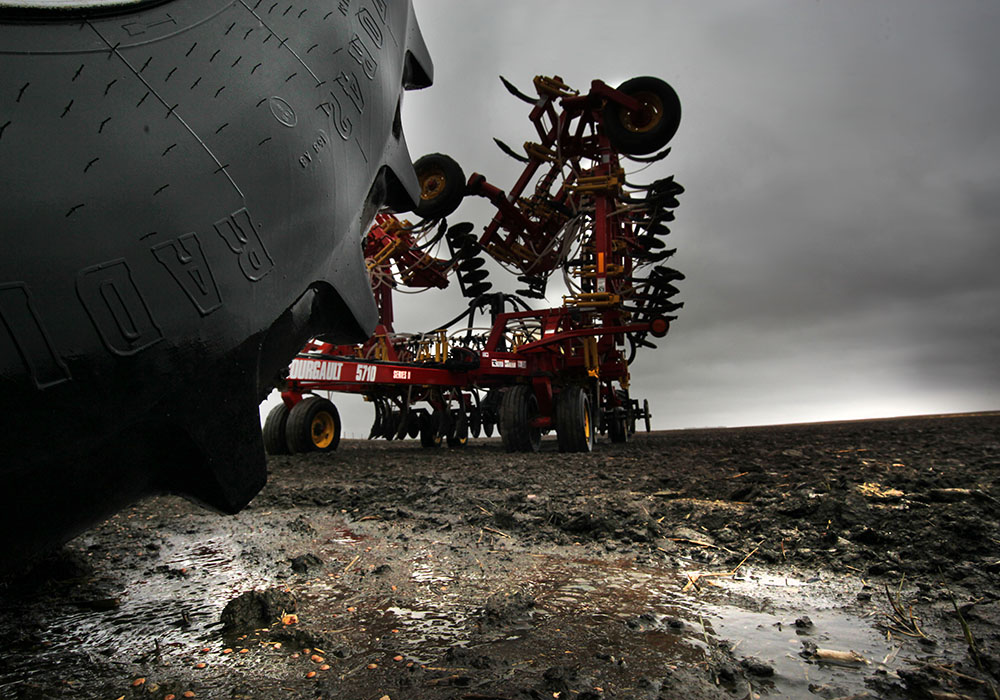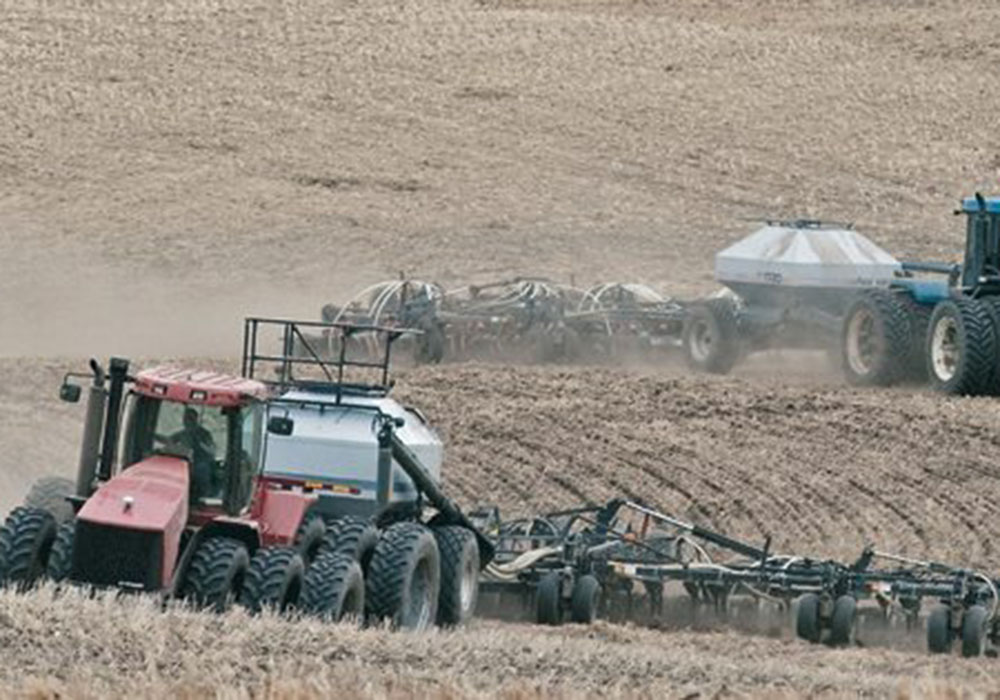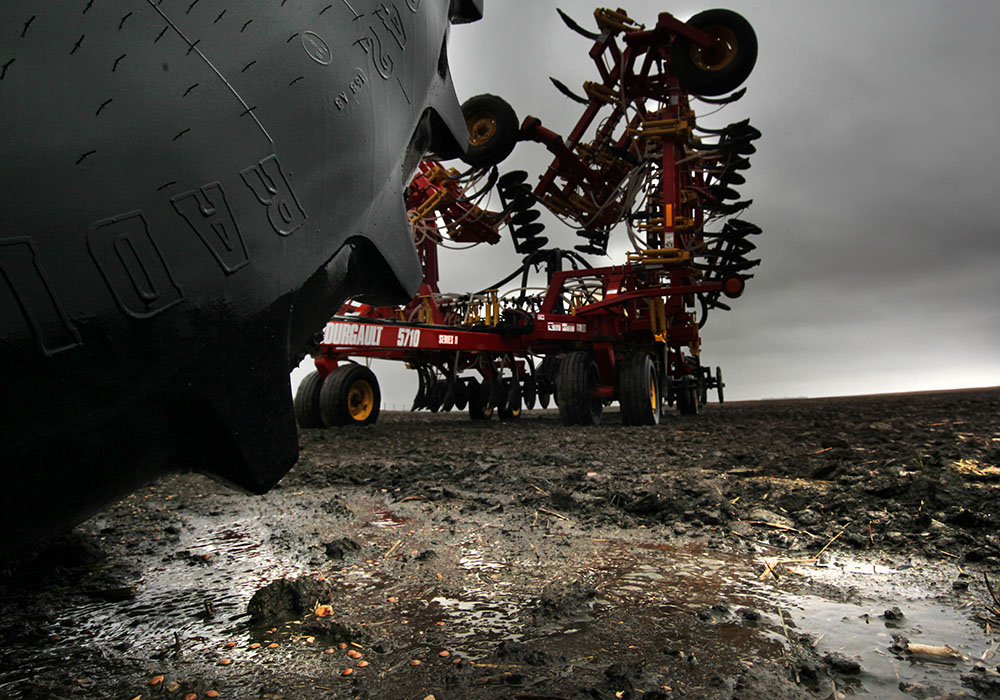Ranch recovery | Couple shows cattle despite losing 28 animals in Alberta disaster
REGINA — Showing cattle was a tour de force this year for one young couple from High River, Alta.
Caught in the epicentre of Alberta’s worst flood in history, Dan Hitchner and Megan Bond lost 28 cattle, pastureland, corrals and a truck. They almost lost their spirit as the swirling, dirty water receded and they started to take into account what they lost.
Eighty cows are left on their Abacus Angus ranch, and they decided to show people they had survived by taking a show string to the Olds Fall Classic, Northlands Farmfair and Canadian Western Agribition. They may not have won banners, but they won praise and sympathy for facing such adversity.
Read Also

Tick research from the University of Manitoba focuses on insects and testing
Manitoba researchers are looking into the effects of tick and fly disease in cattle.
Hitchner and Bond remember those first scary hours with such clarity that it might have been yesterday.
They lost a herd bull and a group of 14 cows with 13 bull calves grazing a rented pasture on the edge of town.
The calves were two to four months old.
Their landlady called them at 7:30 a.m. June 20 to say the water was rising in the pasture. The RCMP were erecting barricades by the time they got there 15 minutes later, and they could not get in to rescue animals. Bond wanted to go in on horseback but was turned away.
“All our cattle friends, everybody offered to come help, but they wouldn’t let us past the barricades,” Megan said.
“I was so mad at the police.”
The entire region turned into a lake, and the town was evacuated and empty for three weeks.
“Everything that was in High River had to come through that pasture,” said Bond.
They took a private plane up a week later when the no fly zone was lifted but found nothing.
After the waters receded Megan walked the river banks searching for cattle until she made herself sick from stress.
Other animals were rescued, and Megan admits she does not know how they survived. There were no broken bones but some had cuts and scrapes and were clearly spooked by the experience.
Hitchner and Bond realized they had to move on.
“We do custom spraying so we just went hard at that and tried not to think about anything,” she said.
Their home place was safe and they are rebuilding but have learned the hard way there is little support when a natural disaster of this type strikes because there is no provincial aid or insurance for lost livestock or lost forage.
Megan called the SPCA, her MLA and anyone else she could think of, but outside of friends, little help was available.
They will use the same pasture next year but will wait until July. The corrals and buildings were lost that day, and after the land dried up, they found more than a metre of silt mixed with propane tanks, wrecked boats, scrap wood and other unrecognizable junk.
Agribition provided some closure.
“I got a phone call yesterday morning from a guy who was hunting. He stumbled across seven carcasses tangled up in the trees. That was only half of them,” Dan said.
They have lived in the area their entire lives and neither they nor their elderly landlady have seen floods to compare to this. They are worried about future floods.
Repairs to infrastructure are slowly coming, but local roads in some counties are still not repaired.
The flood was considered the worst natural disaster in Canadian history with at least $5 billion in losses.


















